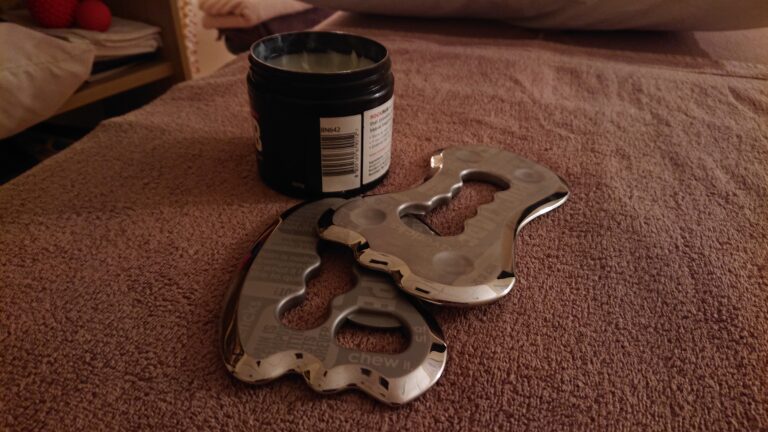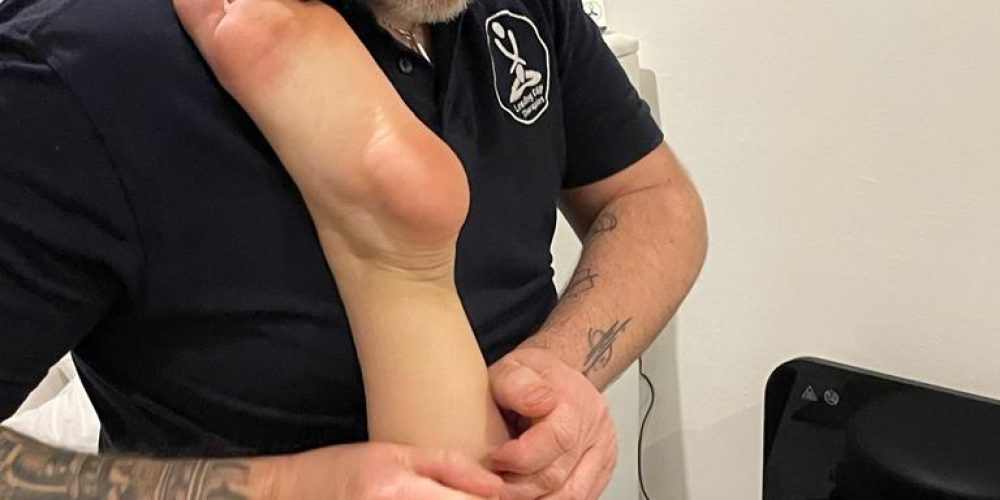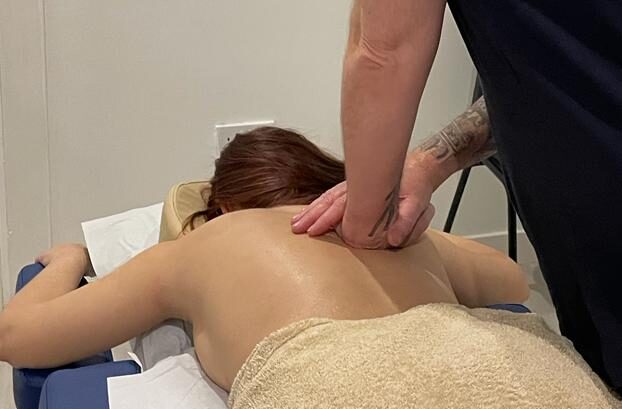- Home
- Clinical Massage Therapy
#1 For Clinical Massage Therapy
Do you have a sports injury, back pain, frozen shoulder or any type of soft tissue injury stopping you enjoying the things you love to do?
See how we could help with Clinical massage or COMT Clinical Orthopaedic Manual Therapy, which is more of a medical massage.
It is still a hands-on massage therapy treatment, but involves the use, where necessary, of gentle manipulation and mobilisation of the muscles, soft tissues, and joints of the body. As well as the specific massage to affected areas, I also use stretches to help muscle and joint mobility.
Every treatment is based on the specific individual and looks at the whole biomechanics of a person to better understand how they are moving and possible solutions to stop repeated niggles and injuries coming back.
You also get the relaxation benefits that you would from a purely relaxation massage – again, the appointment is about getting you at your optimum!

Benefits Of Massage Therapy:
What Conditions Can We help with
Clinical massage can be used to treat a wide variety of conditions, including:
- Pain: Clinical massage can be used to relieve pain from a variety of sources, including muscle pain, joint pain, and nerve pain. It can also be used to reduce pain from surgery or other injuries.
- Muscle tension: Clinical massage can help to release muscle tension and improve flexibility. This can be helpful for people who suffer from chronic pain, such as fibromyalgia and arthritis.
- Circulation: Clinical massage can help to improve circulation by increasing blood flow to the muscles and tissues. This can help to reduce swelling and promote healing.
- Range of motion: Clinical massage can help to improve range of motion by breaking up scar tissue and adhesions. This can be helpful for people who have suffered from injuries or who have had surgery.
- Stress and anxiety: Clinical massage can help to reduce stress and anxiety by promoting relaxation and releasing endorphins.
Clinical massage is typically safe for most people. However, it is important to talk to your doctor before starting clinical massage, especially if you have any underlying health conditions.
Helping You Be At Your Best
Because we look at the way your whole body moves, and not just the area of pain, it makes us the #1 expert massage therapist of choice for sports injuries and other soft tissue problems. Is there a recurrent knee pain, back pain that just won’t go away? By looking at the biomechanics of your whole body, we often find there are problems – a slight niggle, a slight back pain or shoulder pain that was just beginning to register with you. Does that sound familiar?
Often compensatory patterns occur and you find that the other uninjured side now starts to ache. Using Clinical massage therapy techniques means we can not only identify these imbalances, but work on them and get you back to doing the things you love the most.
Techniques
Specific massage techniques to balance the nervous system. Ischemic compression on trigger points to relieve pain.
Passive stretching to improve range of motion. Active stretching to engage the client in the process.
To further help with tight muscles, a therapist guided contract and relax method of gaining further pain relief and mobility
Effleurage: Long, sweeping strokes to warm up the muscles. Petrissage: Kneading and squeezing motions to release tension.
Identifying and applying pressure to trigger points to alleviate pain. Ischemic compression to release tight knots in muscles.
Gentle movements to improve joint flexibility. Rotation and oscillation techniques to enhance joint function.
Combining muscle contraction and stretching for increased flexibility Helpful for releasing tight muscles and improving posture.
Slow, firm pressure targeting deeper muscle layers. Cross-fiber friction to break up adhesions and scar tissue.
Friction applied across muscle fibers to break up adhesions. Useful for addressing scar tissue and improving mobility.
Applying sustained pressure to release tension in the fascia. Stretching and lengthening techniques to improve flexibility.



